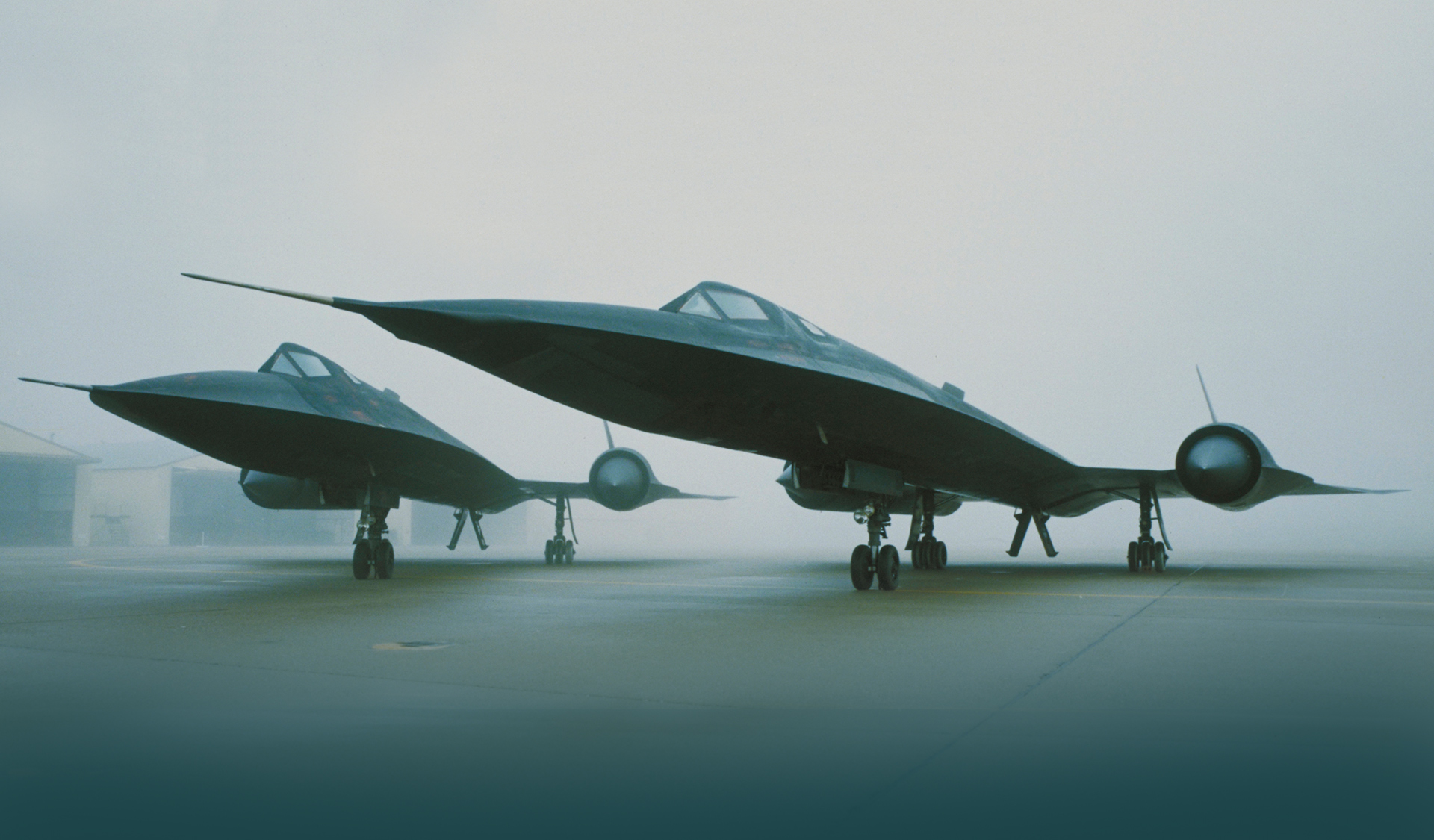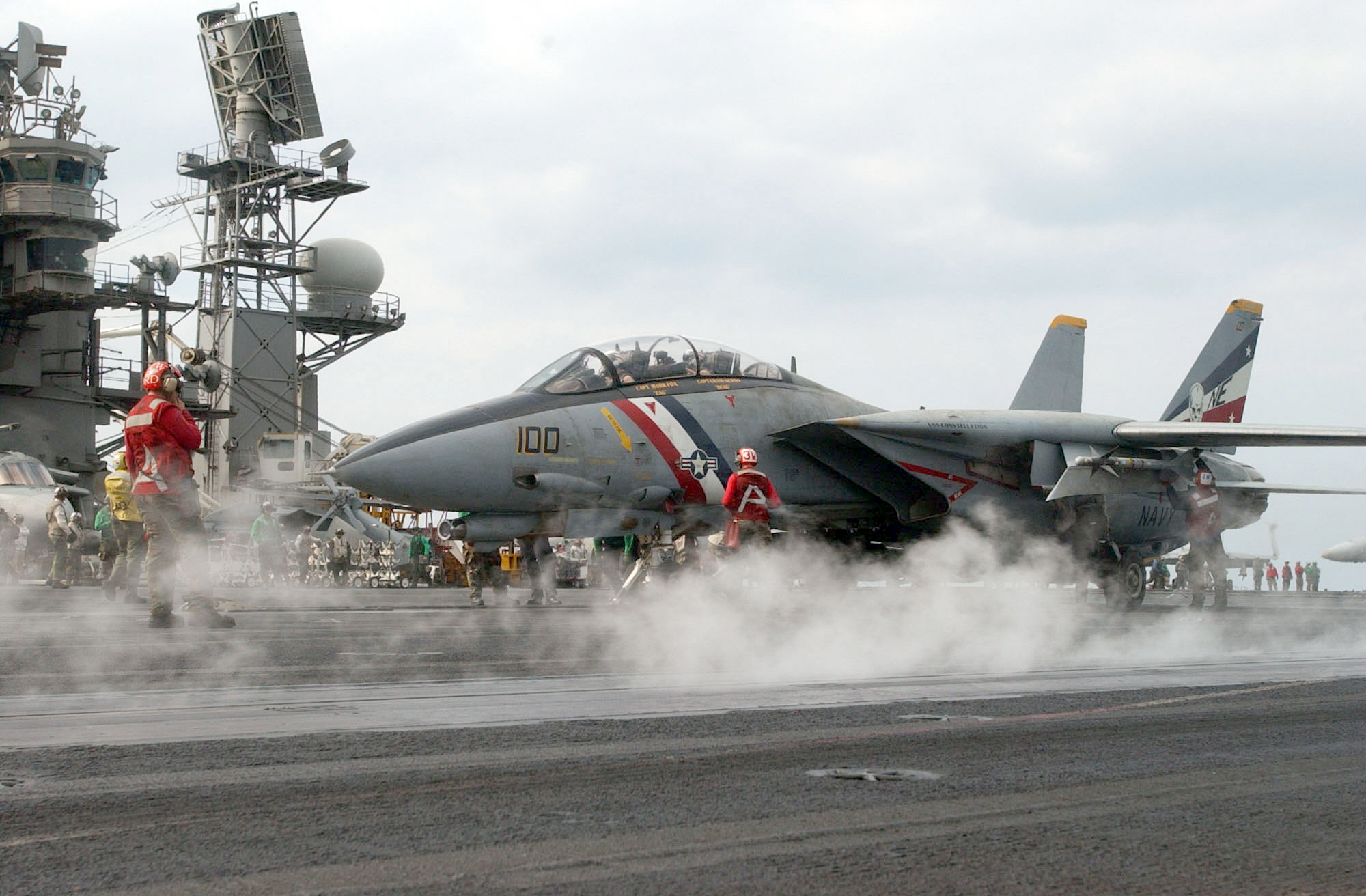Thing that always bothered me for years, is why the F-14 didn't use at least some of the stealth tech the Air Force knew about in the early 1960's, 3 years before Grumman was even sketching the first VFX prototypes (F-14 eventually).
The SR-71 flew in 1964. The Air Force was in contact with Kelly Johnson for years about what to do to reduce radar cross-section. Here is a summary of early 1960's implementation, not just theory: "Surfaces had to be redesigned to avoid reflecting radar signals, the engines moved to a subtler mid-wing position, and a radar-absorbing element was added to the paint. Then a full-scale model of the Blackbird was hoisted on a pylon for radar testing at a Skunk Works’ secret location in the Nevada desert. With tests carefully scheduled to avoid Soviet satellite observations, the results were impressive: The Blackbird model, more than 100 feet in length, would appear on Soviet radar as bigger than a bird but smaller than a man. The team had succeeded in reducing radar cross section by 90 percent."

 www.lockheedmartin.com
At least the paint maybe! Cant the tails in a little, slab-flat face the sides, bottom, etc., at least a little to help keep these things in the air against SAM and A-to-A radar.
www.lockheedmartin.com
At least the paint maybe! Cant the tails in a little, slab-flat face the sides, bottom, etc., at least a little to help keep these things in the air against SAM and A-to-A radar.
The SR-71 flew in 1964. The Air Force was in contact with Kelly Johnson for years about what to do to reduce radar cross-section. Here is a summary of early 1960's implementation, not just theory: "Surfaces had to be redesigned to avoid reflecting radar signals, the engines moved to a subtler mid-wing position, and a radar-absorbing element was added to the paint. Then a full-scale model of the Blackbird was hoisted on a pylon for radar testing at a Skunk Works’ secret location in the Nevada desert. With tests carefully scheduled to avoid Soviet satellite observations, the results were impressive: The Blackbird model, more than 100 feet in length, would appear on Soviet radar as bigger than a bird but smaller than a man. The team had succeeded in reducing radar cross section by 90 percent."

Fastest Plane in History: The Blackbird
Learn about the creation of the Blackbird, the world's fastest plane, by Kelly Johnson and the Skunk Works team at Lockheed Martin.
Last edited by a moderator:

